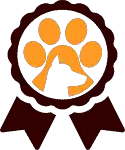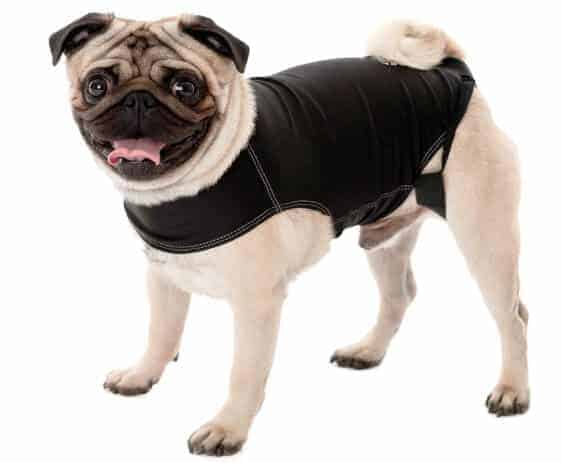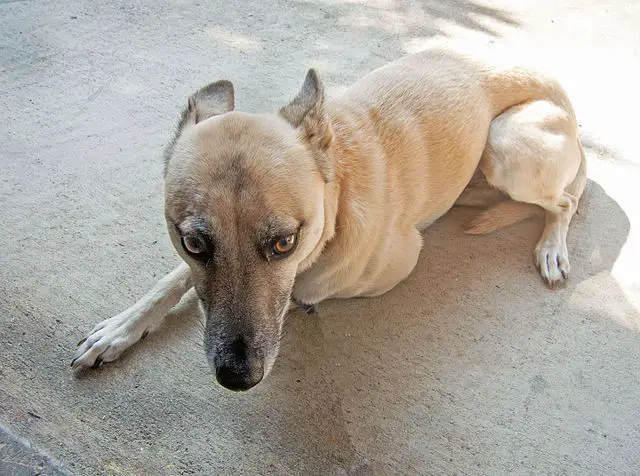Is your dog bored, restless or destructive? Does he enjoy obedience or other training classes? Do people often comment on his “look at me!” antics and physical prowess? If so, your pup might love dog agility training.
What is Dog Agility?
A fun way to bond with your best friend, agility is a competitive sport that tests a dog’s intelligence, athletic ability and obedience skills. Even if you don’t want to compete, dog agility training is fun and fulfilling for many dogs. Although not all dogs will enjoy agility, there’s only one way to find out!
If you decide to pursue agility training, you’ll be giving your dog two very important jobs: learn and perform. As people with working dogs know, a bored dog is a mischievous dog. By giving him something to do, you’ll stimulate his drive, curiosity and intelligence. You’ll also tire him out, which can be a blessing for people with high-energy dogs like Border Collies and Australian shepherds.
Benefits of Dog Agility Training
One of the main benefits of agility training is to provide an outlet for your dog’s natural instincts. Although we have domesticated dogs over the centuries, they often retain instinctive instincts, including tracking, prey drive, playing and showing off to the other dogs. Some dogs will be more well endowed with these instincts, and some will prefer the life of a lap dog. Until you try dog agility training, you won’t know for certain.
Agility also provides an intense workout for high-energy dogs and working dogs, who were bred to do specific jobs, like herding, protecting the flock or tracking prey. Without a job to do, these dogs can act out at home, either in the form of destructive behavior or obnoxious hyperactivity. By giving your dog the opportunity to exercise his working instincts and burn off excess energy, you’ll enjoy a calmer, happier dog.
Another great benefit to dog agility training is its physical benefits for your pup. A rigorous sport with strict rules, agility requires speed, strength and stamina. As you progress with your agility training and your dog’s physical abilities improve, you’ll also notice a positive change in his confidence and self-esteem: Dogs thrive when they know exactly what to do and receive praise for doing it right.
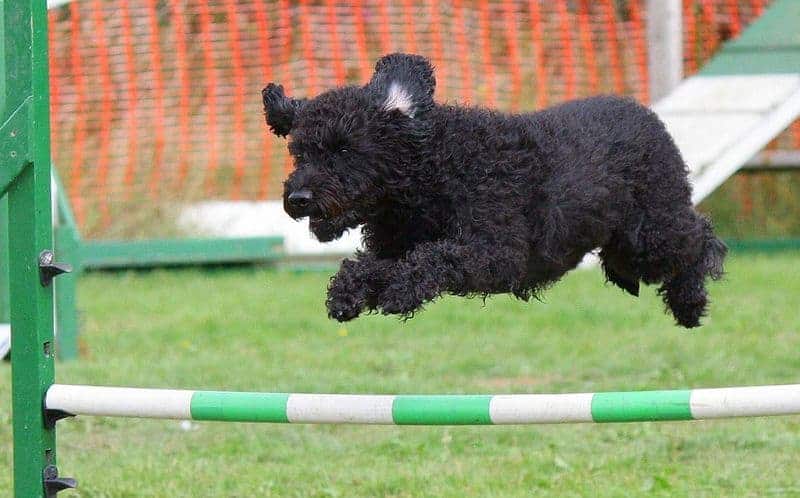
The Best Breeds for Dog Agility Training
Although any dog can enjoy agility, some breeds perform better than others. Border collies are hands-down the best at agility; their intelligence, quick moves and speed make them natural agility competitors. In fact, Border Collies have won more national and international agility championships than any other breed! Australian shepherd are also great agility, as are retrievers,
German Shepherds, Sheepdogs, Cattle Dogs, Pinschers, Poodles, and Portuguese Water Dogs. Smaller breeds who enjoy agility include Papillons,
Terriers, Schnauzers, Corgis, and, surprisingly, Dachshunds.
The American Kennel Club, which hosts the most prestigious national agility competitions, has breed requirements for agility: only purebred dogs can enter. If your mutt enjoys agility, he can compete in regional trials hosted by less-exclusive agility clubs, like the Dog Agility Association and the Cynosport World Games. Keep in mind that agility doesn’t have to be competitive for your dog; it can be a fun hobby for both of you.
Even if your dog is a breed that does well with agility, you should keep a few things in mind before beginning dog agility training:
- Small and medium-size dogs generally do better than large breeds, who often don’t have the stamina agility requires.
- Dogs must be at least nine months old before they can compete. This regulation might seem arbitrary, but beginning a rigorous sport like agility isn’t safe for your dogs until his joints, bones, and muscles are developed enough that he won’t injure himself with an intense physical workout.
- With few exceptions, dogs over eight or nine years old shouldn’t participate in agility training. At that age, dogs begin to develop age-related physical problems, such as arthritis, hip dysplasia, and muscular deterioration. Although exercise is a great treatment for those problems, agility is too rigorous for their aging bodies.
- Brachycephalic dogs—also known as “flat-faced” or “pushed-in faced” dogs—have trouble breathing and are susceptible to heat stress, so they should generally not engage in agility training. These breeds include pugs, Boston terriers, Pekingese, Shih Tzus, boxers, and Olde English bulldogs.
If you aren’t competing in formal agility trials, dogs on this “exceptions” list can often compete at their own pace. Monitor your dog’s stress levels and physical performance and cease training if you notice he is suffering or uncomfortable.
Before You Begin Agility Training
If you’re considering dog agility training, the first thing you should do is take him to the vet for a complete physical exam, including blood tests and X-rays. Your dog needs to be in top physical health before he starts any training program, especially one as rigorous and demanding as agility. Make sure you feed healthy food and keep him at his optimum weight. Keeping your agility dog in top shape will help prevent common canine injuries associated with agility, including muscle strain, sprains, torn ligaments, and spinal damage.
In order to be successful with agility training, your dog must excel at
obedience training. Agility requires absolute obedience and focus, so if your dog doesn’t want to do what you command him to do, performing in agility trials will be frustrating for both of you. Obedience training will also improve your dog’s confidence and self-esteem: Dogs like knowing the rules and thrive when successfully completing a task, especially when there’s a treat at the end. Obedience also places you firmly in the alpha role, which will increase your dog’s self-esteem and willingness to comply with your commands. A healthy dog who knows his place in the world bonds more deeply with his owner.
Before you start dog agility training, first complete basic obedience training. If your dog is adept at basic commands, including sit, stay, down, off, and heel, and if he can walk next to you calmly and on a loose leash, he’s could be a natural at agility. You may want to take him through master obedience training, and canine good citizen (CGC) certification.
How Agility Shows Work
A standard agility course resembles an obstacle course, with different tasks that require equipment, including:
- Weave Poles: Weave poles are set up in lines, with 20 inches between each pole. Your dog must weave back and forth between each pole.
- A-Frames: A-frames are comprised of two flat surfaces joined together at the top in an “A” shape. In agility, your dog runs up one side and down the other.
- Dog Walks: Dog walks are similar to A-frames except that between the two A-frame planks a third horizontal plank is off the ground, joining the two sides, providing a “balance beam” run: up one side, across the plank and down the other side.
- Teeter Totters: Agility seesaws look like the teeter totters children play on, but your dog uses it a little differently. Instead of sitting on one side, he walks up it and then, when he reaches the middle and the teeter totters begins to tilt toward the other side, he keeps going and walks off it.
- Tunnels: Long tubes through which your dog must run, tunnels are usually constructed of flexible material that can be easily collapsed for transport.
- Horizontal Bars: Bar jumps look similar to those that horses jump over in competition. In agility, the bars are arranged at three height levels, depending on the size of your dog.
- Tire Jumps: Your dog must jump through a hanging tire without making contact with its sides.
- Pause Table: The pause table is a three-foot square platform your dog jumps up on, lays down on for a few seconds, and then jumps off of.
- Pause Box: A pause box is the same thing as a pause table, except that it’s an area taped off on the ground.
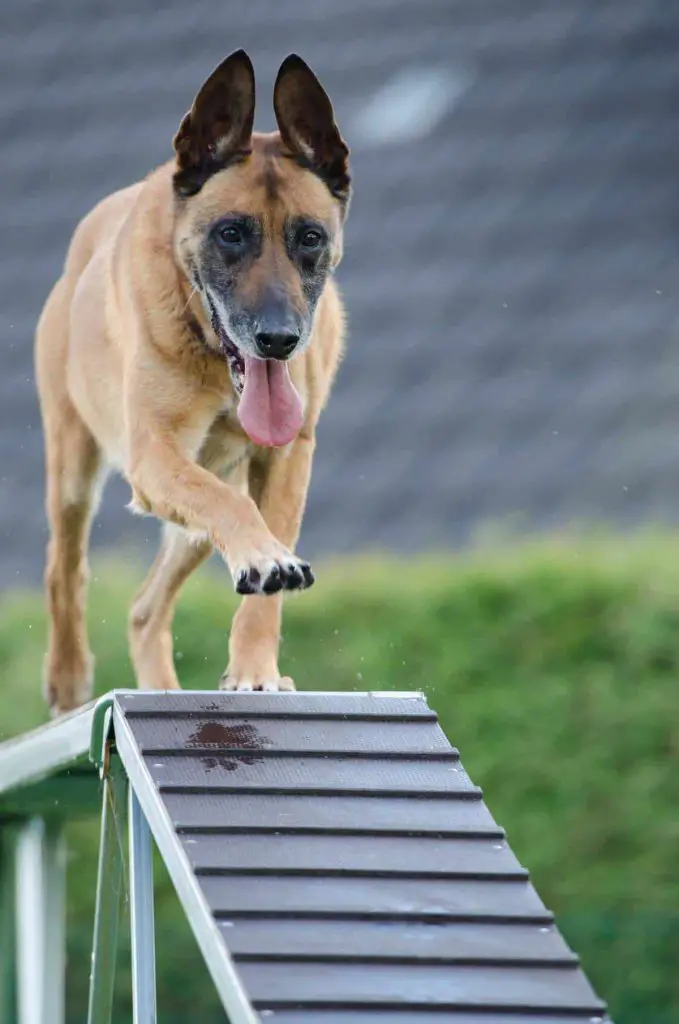
As your dog runs the course, accompanied either by your or the dog’s handler, the judge scores him on his time and his ability to navigate the course.
When you’re beginning agility go slowly, using one piece of equipment at a time. Once your dog has mastered each task, move onto the next one. At first, you may want to borrow equipment, but as your dog improves with agility, you’ll probably want to invest in a few pieces of quality equipment so you can practice at home.
An agility starter kit is a smart investment. A good pick is the
PawHut 5 Piece Outdoor Game Dog Agility Starter Kit, which includes weave poles, jump bars, a tunnel, a tire jump and a pause box. Agility equipment is available online for reasonable prices at places like
Amazon; also check craigslist or other sites that sell used equipment.
Watch for signs that your dog isn’t enjoying agility training. Not all dogs take to it. Like any other training program, agility should be fun for you and for your dog. Give him lots of praise and encouragement, but if he’s still not having a good time, find another activity for him.

 As your dog runs the course, accompanied either by your or the dog’s handler, the judge scores him on his time and his ability to navigate the course.
When you’re beginning agility go slowly, using one piece of equipment at a time. Once your dog has mastered each task, move onto the next one. At first, you may want to borrow equipment, but as your dog improves with agility, you’ll probably want to invest in a few pieces of quality equipment so you can practice at home.
An agility starter kit is a smart investment. A good pick is the PawHut 5 Piece Outdoor Game Dog Agility Starter Kit, which includes weave poles, jump bars, a tunnel, a tire jump and a pause box. Agility equipment is available online for reasonable prices at places like Amazon; also check craigslist or other sites that sell used equipment.
Watch for signs that your dog isn’t enjoying agility training. Not all dogs take to it. Like any other training program, agility should be fun for you and for your dog. Give him lots of praise and encouragement, but if he’s still not having a good time, find another activity for him.
As your dog runs the course, accompanied either by your or the dog’s handler, the judge scores him on his time and his ability to navigate the course.
When you’re beginning agility go slowly, using one piece of equipment at a time. Once your dog has mastered each task, move onto the next one. At first, you may want to borrow equipment, but as your dog improves with agility, you’ll probably want to invest in a few pieces of quality equipment so you can practice at home.
An agility starter kit is a smart investment. A good pick is the PawHut 5 Piece Outdoor Game Dog Agility Starter Kit, which includes weave poles, jump bars, a tunnel, a tire jump and a pause box. Agility equipment is available online for reasonable prices at places like Amazon; also check craigslist or other sites that sell used equipment.
Watch for signs that your dog isn’t enjoying agility training. Not all dogs take to it. Like any other training program, agility should be fun for you and for your dog. Give him lots of praise and encouragement, but if he’s still not having a good time, find another activity for him. 
